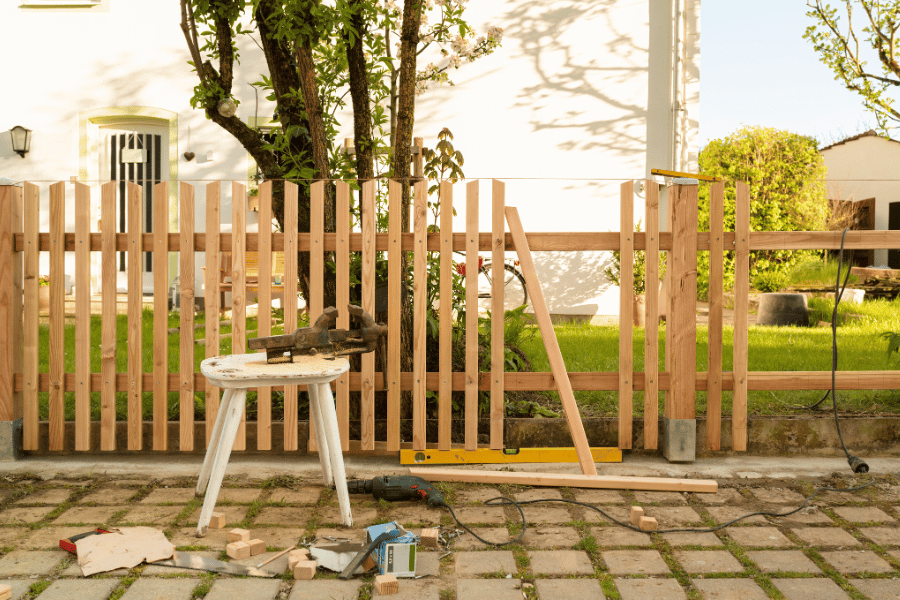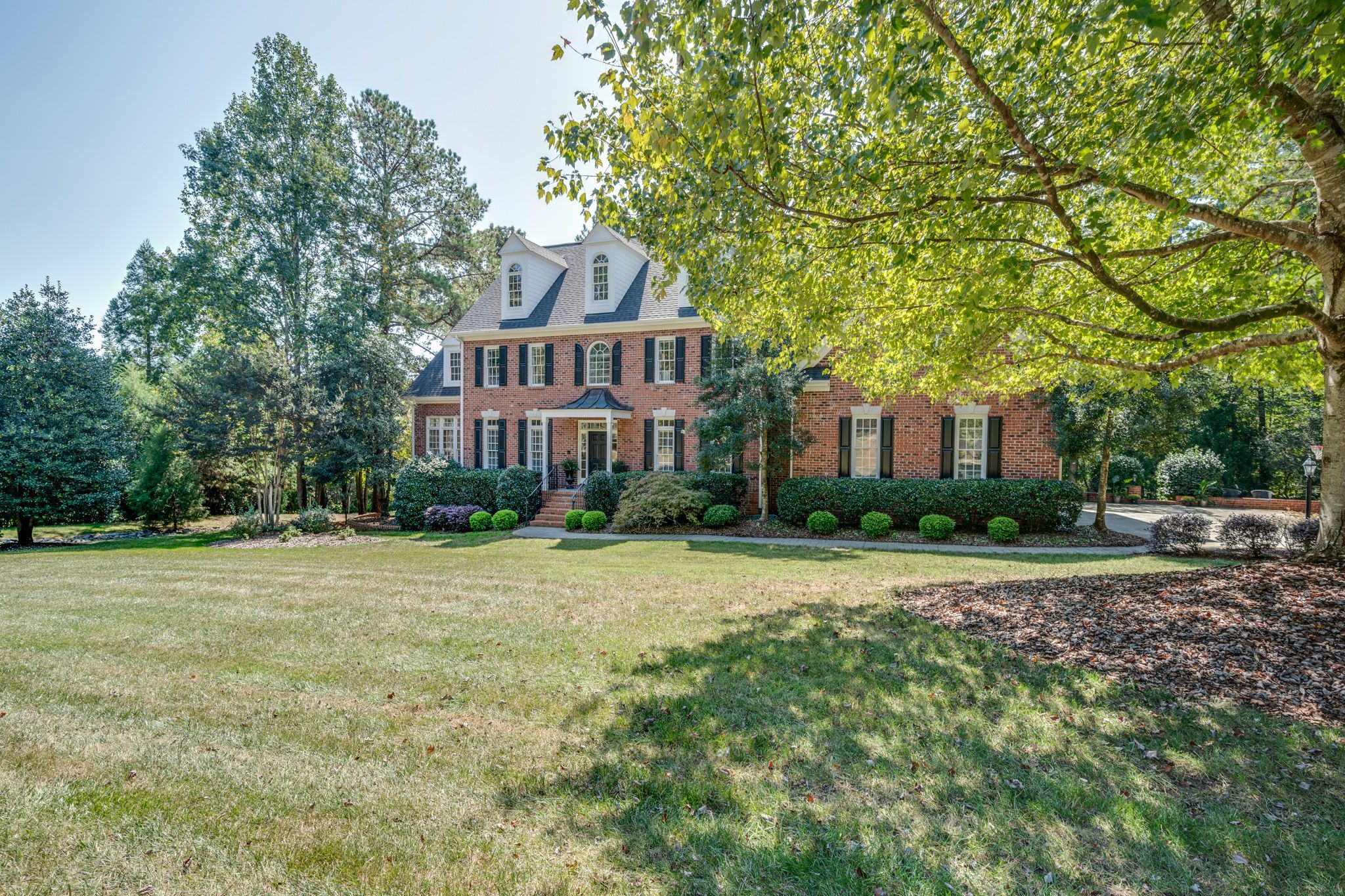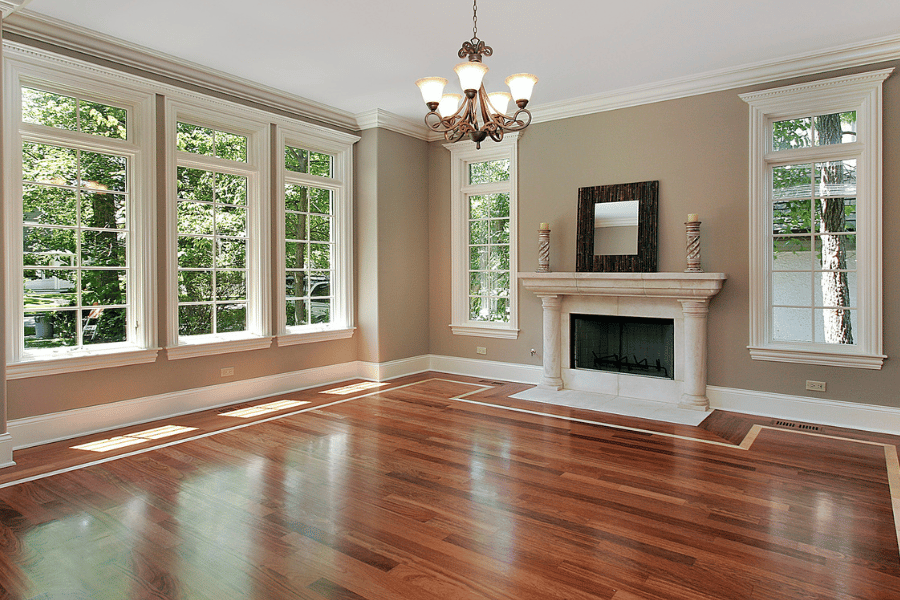Raleigh Zoning Laws: What You Need to Know
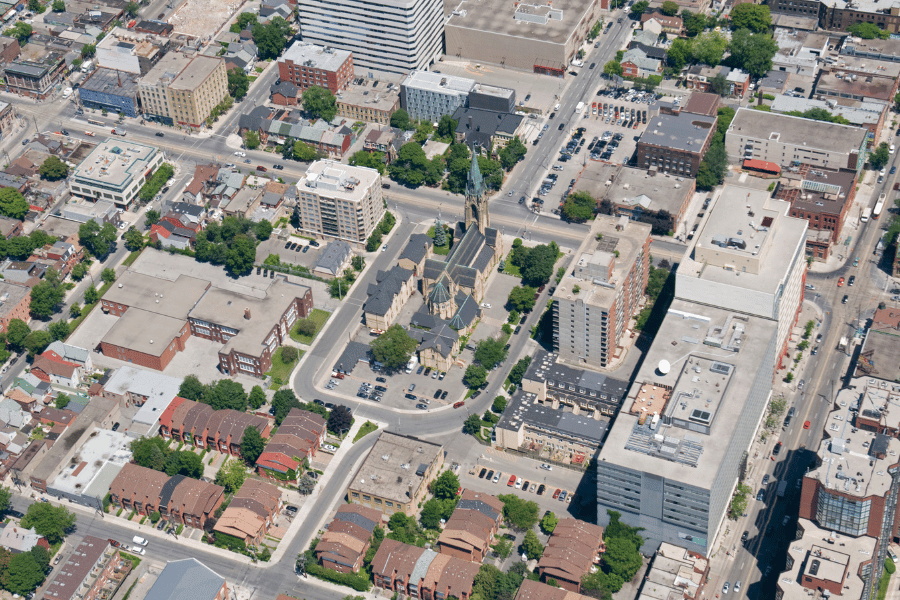
Raleigh Zoning Laws: What You Need to Know
Are you a Raleigh resident wanting to learn about your area's zoning laws? Here is everything that you should know about Raleigh's zoning laws.
Zoning plays a crucial role in managing city growth. Citizens need to understand how zoning works. In Raleigh, zoning determines how land is used in the city and ensures orderly land use that supports the city's development goals.
Raleigh's Planning and Development Department maintains official zoning maps, which indicate the zoning designations for every parcel of land in the city. Understanding these regulations is important for commercial real estate developers, investors, and property owners in Raleigh, as they are critical to the success of their projects and investments.
Raleigh is known for its thriving economy, top-tier education, and high quality of life. As the area grows and attracts new residents, understanding zoning and land use laws becomes increasingly essential.
Zoning regulations may change as the city evolves. Understanding these changes and developments can be complex. If you are a Raleigh resident, it's important to continue learning more about Raleigh's zoning laws and all the factors involved.
Here is what you should know about Raleigh zoning laws.
Chapters
1. What is Zoning?
Zoning is dividing a city, town, or borough into different zones for specific purposes to encourage organized development and ensure that land use is appropriate for the area.
Raleigh has specific ordinances that establish and regulate these zones. Learning about a property's zoning is the first step in understanding how it can be used or what can be built within the City of Raleigh.
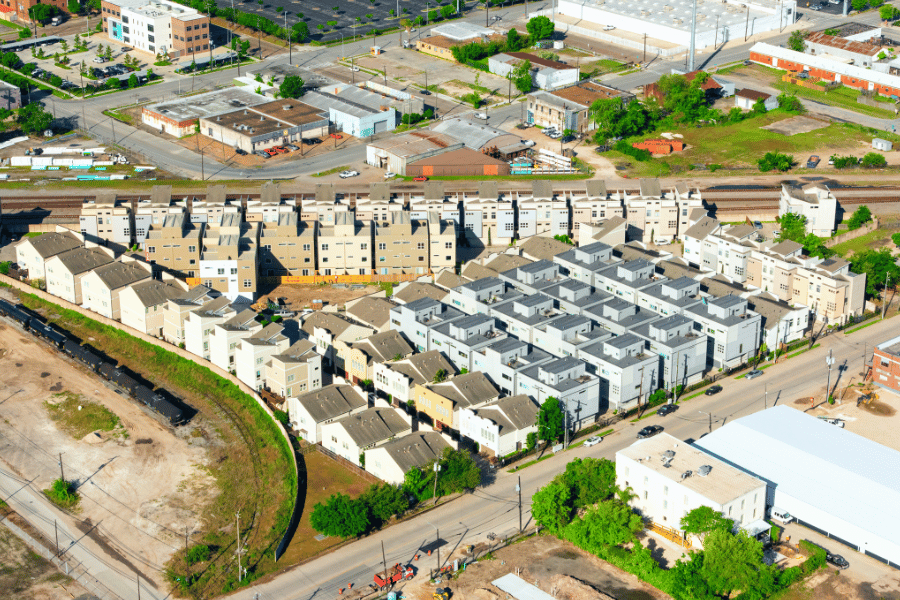
There are a couple of things you should understand when you are discussing zoning:
- Applicants
- Built environment
- Frontage
- Condition
- Density
- Intensity
- Rezoning
- Overlay District
- Mixed-use zoning
- Etc.
2. Zoning in Raleigh
The zoning in Raleigh helps manage land use within the city. The process involves partitioning areas into different zones for various purposes. This zoning process ensures that land use is orderly and supports the city's goals. You should be aware of each city's different types of zoning rules and regulations.
The city may also make zoning changes to adapt to new needs. These changes can affect housing choices and availability. Understanding zoning in Raleigh is crucial for anyone looking to develop or use land for investment purposes within the city's jurisdiction since it ensures all land use is property-regulated and aligned with the city's planning objectives.
Common Zoning Types:
- Residential Zones: Areas designed for housing, which include single-family houses, apartments, and townhomes
- Commerical Zones: Areas allocated for businesses, shops, and offices
- Industrial Zones: Spaces reserved for factories, warehouses, and similar other uses
Benefits of Zoning:
- Orderly Development: Promotes a structured pattern of growth
- Compatibility: Ensures that land uses are compatible with each other
- Safety: Helps prevent hazards by separating incompatible activities
3. Zoning Districts in Raleigh
Raleigh organizes its land into various zoning districts to manage land use and development, each with specific regulations and purposes. Below are the zoning districts in Raleigh and the key zones within them.
Residential Zoning Districts
Raleigh's residential zoning districts are designed to regulate the diversity of residential developments. They include zones for single-family homes, duplexes, apartments, and townhomes. Each district has specific rules about the size and height of buildings, setbacks from the street, and other building standards.
- R-1 to R-4: Single-family residential zones allowing for low to moderate-density housing
- R-6 to R-10: Higher density zones that accommodate duplexes and townhomes
- RX-: Residential Mixed Use district that allows for higher density and mixed-use development, integrating some commercial uses with residential areas
Commercial and Business Districts
Raleigh has various commercial and business zoning districts tailored to meet the needs of different companies and businesses, from small shops to large commercial centers. These districts regulate the types of companies allowed and control aspects like heights and parking requirements.
- NX-: Neighborhood Mixed Use, ideal for small businesses and supporting residential communities
- OX-: Office Mixed Use can host both office buildings and residential units
- CX-: Commerical Mixed Use allows for more extensive commercial developments, including shopping centers and office parks
- DX-: Downtown Mixed Use supports high-density business and residential development in downtown areas
Industrial Zoning Districts
Raleigh's industrial zoning districts are intended for heavy manufacturing, warehousing, and other industrial uses. Compared to other zoning types, they often have different requirements related to building size, land use, and environmental impacts.
- IX-: Industrial Mixed Use, combining industrial activities with some commercial uses
- Heavy Industrial: Purely industrial with no residential uses allowed
Overlay Districts
Overlay districts in Raleigh are specialized zoning areas that enforce additional regulations on top of the base zoning district. They are utilized to protect specific features or implement design guidelines for particular city areas.
- Conservation Management: Protects natural resources and may impose restrictions on development to preserve the environment
- Historic Overlay: Maintains the historical integrity of certain areas by regulation changes to buildings and landscapes
- Specifial Districts: Includes zones like Agriculture Productive and Camplus districts, tailored for specific uses such as farming or educational institutions

4. Zoning Map and Land Uses
Raleigh has a detailed zoning map that outlines specific land uses for each area, which helps promote an orderly development pattern throughout the city.
Allowed Land Uses
These laws are designed to ensure that different areas are used appropriately for everyone's benefit. Residential zones include a variety of uses, including single-family and multi-family apartments and home offices. Specific codes, like Residential Mixed Use (RX-), provide detailed guidelines on building height, lot size, and setbacks.
Commercial and industrial zones offer a wider range of possibilities, including offices, shops, and manufacturing facilities. If you need precise zoning information, tools like iMAPS are extremely helpful and reliable. The city maintains a harmonious balance between residential areas and commercial growth by respecting and abiding by these zoning codes and laws.
Official Zoning Map
The Raleigh Planning and Development Department maintains the official zoning map, which is a vital legal document for everyone. This map assigns specific zoning designations to every piece of land within the city limits, including parkland. Developers and residents must refer to the map to fully understand the regulations that affect their property.
Each zoning designation is marked with codes that indicate the allowed land use type, such as residential, commercial, or industrial. These designations play a crucial role in managing the city's growth and ensuring that complementary land uses are grouped, ultimately reducing conflicts between different types of developments.
5. Raleigh Unified Development Ordinance
The Unified Development Ordinance (UDO) in Raleigh plays a pivotal role in guiding local zoning laws and development standards, demonstrating the city's commitment to responsible and sustainable growth. Adopted in 2013 and put into effect in 2016, this vital document encompasses a wide range of regulations governing land use, building construction, zoning, subdivision, stormwater, and natural resource conservation.
Raleigh consistently updates the UDO to incorporate changes and enhancements, with the most recent update taking place in May 2023. This proactive approach underscores the city's dedication to keeping up with the community's evolving needs.
Familiarizing oneself with the UDO is crucial for effective planning and compliance for both residents and developers. Access to resources such as the Raleigh UDO empowers individuals to navigate regulations confidently. By abiding by the UDO, Raleigh pioneers an organized, sustainable approach to growth that harmonizes development requirements with environmental preservation.
The UDO is divided into several chapters, each detailing different types of districts as well as the standards. The key chapters are:
- Chapter 2: Residential Districts
- Chapter 3: Mixed-Use Districts
- Chapter 4: Special Districts
- Chapter 5: Overlay Districts
- Chapter 6: Use Regulations
- Chapter 7: General Development Standards
- Chapter 8: Subdivision and Site Plan Standards
6. Development Standards and Regulations in Raleigh
Development in Raleigh adheres to specific standards to ensure orderly growth and maintain safety. The standards cover various aspects, such as building sizes, heights, and safety measures.
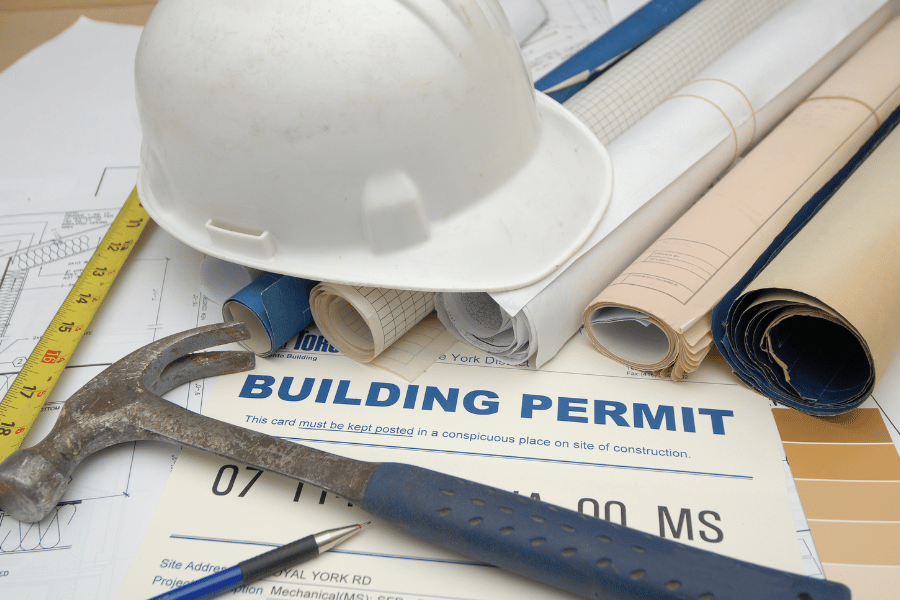
Height and Density
In Raleigh, height restrictions are put in place to ensure that buildings in different neighborhoods complement each other in size. Residential buildings in various zones are generally limited to between 35 and 50 feet in height. In areas with a mix of commercial and residential properties, the height limits are set higher to cater to the community's diverse needs.
Additionally, density restrictions regulate the number of housing units that can be built on a specific land area. This is crucial for managing the population and ensuring adequate infrastructure. Raleigh's UDO specifies the maximum number of units allowed per acre, and this varies depending on the zoning district. To encourage urban living and minimize commuting, higher density is often permitted in downtown and transit-oriented zones.
Building Dimensions and Setbacks
Building size and setbacks are crucial in Raleigh's development standards. Setbacks refer to the distance a building must be from property lines, streets, and other structures. These regulations ensure ample space for landscaping, sidewalks, and emergency access.
Front yard setbacks typically range from 10-30 feet for residential areas. Rear and side yard setback requirements are based on zoning district classifications. The UDO provides detailed guidelines on lot coverage, maintaining a balance between built-up areas and open space. This balance is essential for light, air circulation, and overall appeal.
Safety and Accessibility Standards
Safety and accessibility are paramount in Raleigh's development standards. Buildings must comply with the North Carolina State Building Code, which includes structural safety, fire exits, and electrical systems. These regulations prevent hazards and ensure the well-being of occupants.
Accessibility standards under the Americans with Disabilities Act (ADA) mandate features like ramps, wide doorways, and accessible parking. These features make buildings usable for all individuals, regardless of physical ability.
Raleigh's regulations also focus on emergency services access, ensuring that fire trucks and ambulances can reach every building efficiently. These standards are mandatory for all new developments, maintaining a safe and inclusive environment.
7. Rezoning Process in Raleigh
Rezoning in Raleigh involved several steps, from applying for final approval by the City Council. Each step ensured that land-use changes were carefully considered and involved public participation.
1. Submitting a Rezoning Application
Applicants start by attending a pre-application conference. During this meeting, the planning staff provides guidance on the rezoning process and discusses the proposal's potential impacts. Applicants then submit their rezoning request, including all documentation and fees. The application must clearly outline the desired zoning changes and any specific conditions or uses for the property.
2. Legally-Defines Rezoning Process
Raleigh's UDO and North Carolina General Statutes guide the rezoning process. This includes public notifications, review periods, and adherence to zoning regulations. The process ensures that any changes align with city plans and regulations, promoting orderly development.
3. Public Participation and Meetings
Public participation is crucial in this process. Notices are sent to nearby owners, and information is shared on official city websites. Public meetings provide a platform for community members to express their support or concerns. These meetings will guarantee transparency and enable residents to have their say in impacting their neighborhoods.
4. Review by the Planning Commission
The Planning Commission reviews rezoning applications to ensure they comply with city plans and policies. The commission considers the land use, environmental impact, and community needs. They may request additional information or recommend changes to help the final decision-making process.
5. City Council's Decision
The City Council makes the financial decision on rezoning. They will consider the Planning Commission's recommendations and public input before voting. If the Council approves, the changes are officially recorded, and they can proceed with plans.

Methodology
We used information from different sources and our data to create this guide on what you should know about Raleigh zoning laws. We combined various data sets to help you learn more about zoning laws in Raleigh.
- Raleigh, NC Gov
- Raleigh's Planning and Development Department
- Unified Development Ordinance (UDO)
- Americans with Disabilities Act (ADA)
The following are a few sources we used to gather most of our information about the Raleigh zoning laws.
FAQS
What are the different types of zoning?
The different types of zoning are residential, commercial, and industrial. Each has its own divisions that help permit operations on the land use there.
What is R4 zoning in Raleigh?
R4 zoning can range from low density, such as single-family homes, which permit up to four units per acre of land, to R10 zoning, which means up to ten units per acre of land.
Do I need a permit to build a shed in Raleigh, NC?
If you want to build a shed, you will receive a zoning permit if the structure is under 12 feet in any direction, or a building permit if an accessory structure exceeds 12 feet in any direction.
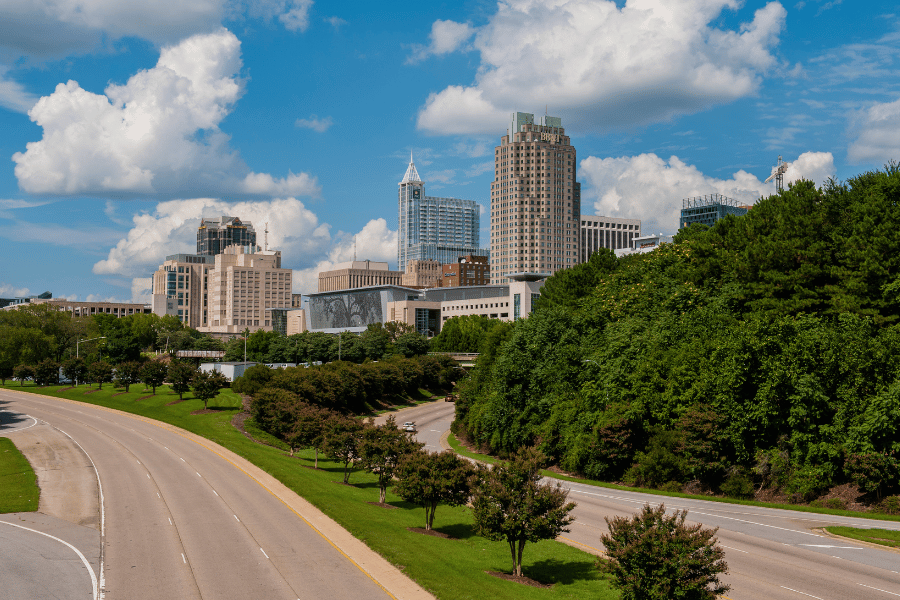
Raleigh Zoning Laws: What You Need to Know - The Bottom Line
The purpose of zoning laws is to prepare for future growth thoughtfully. Deliberate growth entails thoughtfully evaluating new developments that offer residents comfortable living spaces, convenient access to amenities, and opportunities for daily enjoyment.
Familiarizing oneself with zoning and land laws is crucial for the prosperity of cities and communities. Actively connecting with local planning departments and seeking advice on current zoning trends empowers residents to contribute to shaping their community. In Raleigh, active community participation in zoning is paramount.
It is essential to have a thorough understanding of Raleigh's processes and components to be an informed and engaged citizen. Whether you currently reside in Raleigh or are considering moving there, it's important to stay updated on the city's developments and currently available real estate.
If you are considering moving or selling, contact us or visit our website. Our team at Raleigh Realty is here to help you with any home buying or selling needs.

Ryan Fitzgerald
Hi there! Nice to 'meet' you and thanks for visiting our Raleigh Real Estate Blog! My name is Ryan Fitzgerald, and I'm a REALTOR® in Raleigh-Durham, NC, the owner of Raleigh Realty. I work alongside some of the best Realtors in Raleigh. You can find more of my real estate content on Forbes, Wall Street Journal, U.S. News and more. Realtor Magazine named me a top 30 under 30 Realtor in the country (it was a long time ago haha). Any way, that's enough about me. I'd love to learn more about you if you'd like to connect with me on Facebook and Instagram or connect with our team at Raleigh Realty. Looking forward to connecting!
Related Blogs
